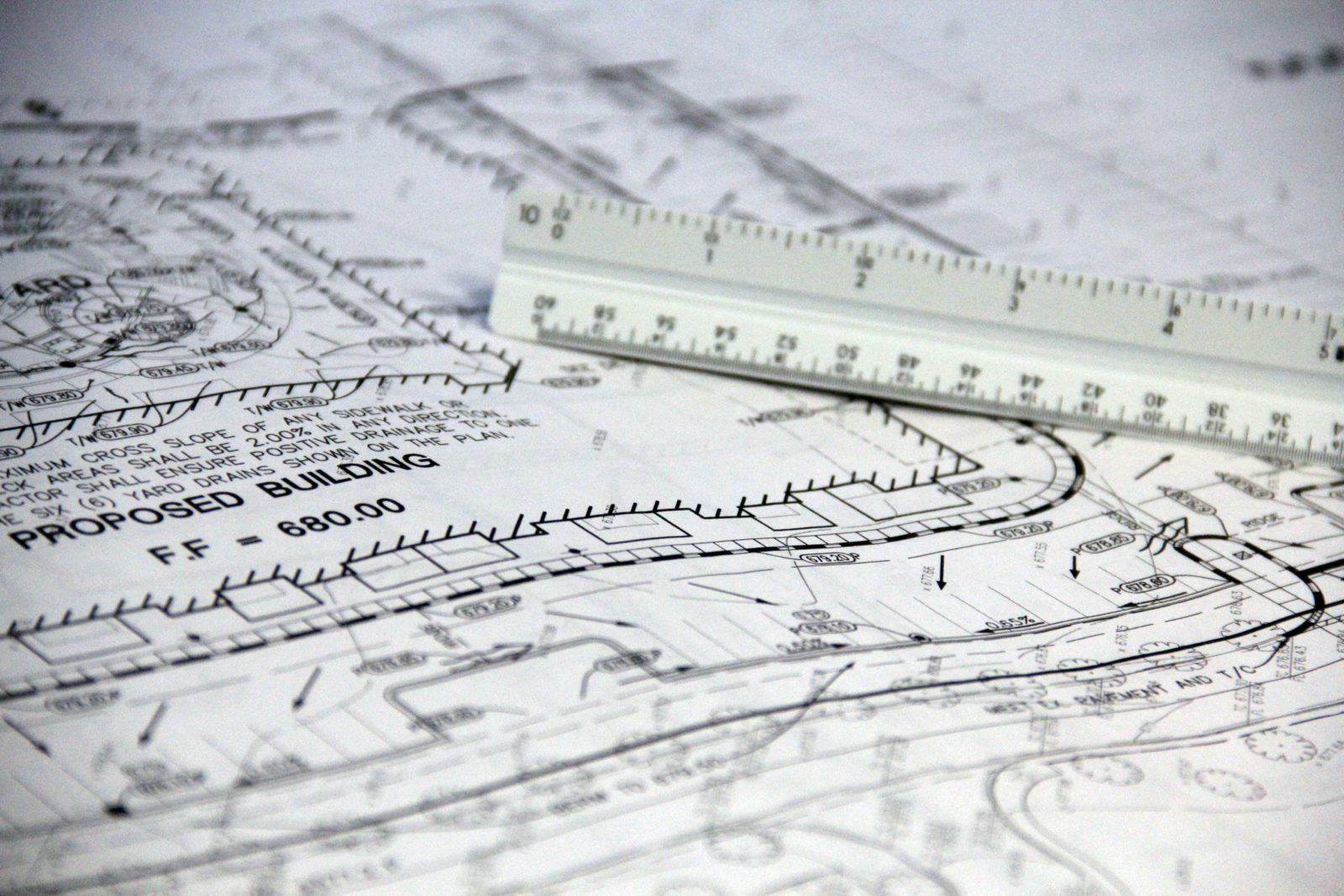The XII Senate of the Federal Court of Justice (BGH), which is responsible for commercial tenancy law, has confirmed its previous case law in a ruling now published (25 November 2020, XII ZR 40/19) that, within the scope of a commercial tenancy agreement, a deviation between the contractually agreed and the actual rental area that is unfavorable for the tenant can lead to a defect pursuant to Section 536 of the German Civil Code (BGB). However, this requires a considerable impairment of use. In the new decision, the BGH also assumes such a significant impairment of use if the actual area falls short of the area agreed in the lease by more than 10 %.
Rental agreements
When disputes in connection with deviations in area arise, it is first necessary to clarify the facts in detail: Has a specific area been agreed at all? Only then is there ground for a deficiency plea. Many landlords try to circumvent/bypass a binding agreement by relativizing area specifications in the rental agreement with an “approximate” specification. This has been clearly rejected by the BGH. There are no tolerance values for such approximate specifications, so that even such area specifications in the contract are binding.
On what base is the actual area measurement to be determined? Various calculation methods are possible (DIN 277; GIF guidelines). This is due to the principles of the Residential Area Ordinance not being applicable to the calculation of commercial areas. There are no legal guidelines for calculating floor space for commercial properties, since the GIF guidelines (MF/G for commercial space) themselves are not legal regulations; rather, the “Gesellschaft für immobilienwirtschaftliche Forschung e.V. (gif)” is an association of experts in the form of an association under private law. Therefore, the method of calculation should be specified in the lease agreement.
The potential for conflict in the event of discrepancies in floor space is considerable because the associated claims on the part of the tenant can be substantial: If a defect is to be assumed, this leads to the right to a reduction in rent owed in the future and to repayment claims for the past in case of overpayment. The reduction or repayment rate corresponds to the percentage of the discrepancy in area. If, for example, the actual area is 15 % smaller than the contractually agreed area, the rent can be reduced by this 15 %, based on the gross rent including advance payment of ancillary costs in the course of the difference in area. In addition, the tenant can terminate the tenancy without notice for cause and then demand reimbursement of all damages in the course of the termination, §§ 535, 280 BGB. This includes, for example, the costs of finding replacement space, relocation costs, broker commissions, conversion costs, etc.

Senates responsible for other areas of law at the Federal Court of Justice (BGH) have adopted the case law of the XII Senate on the deviation of space as a defect. A distinction must be made between real estate purchase contracts and developer contracts:
Real estate purchase contracts
In the case of real estate purchase contracts, the surface area is also considered to be a decisive value-forming factor and thus a quality feature. A difference between the agreed area and the actual area of more than 10 % to the detriment of the buyer party is also deemed to be a material defect within the meaning of Section 434 of the German Civil Code (BGH, judgment of 6 November 2015, V ZR 78/14). If the object of purchase is a residential property, the method of calculating the living space is prescribed by law. This is because the calculation of the living space according to the Living Space Ordinance of 01 January 2004 is not only decisive for price-controlled living space, but also for living space that is not price-controlled, unless the contracting parties have agreed on a specific deviating calculation standard for the latter living space (BGH, judgment of 19 January 2012, V ZR 141/11).
In connection with area deviations in real estate purchase contracts, there is often a dispute as to whether information in a broker’s exposé regarding the living area is legally binding. This is frequently held to be the case. However, for such a so-called quality expectation in a broker’s exposé (Section 434 Section 1 Sentence 3 BGB), the warranty exclusion for material defect liability usually regulated in the contract takes effect, so that then no warranty claims can be asserted in connection with area differences. Something other applies only if the deviation in area is fraudulently concealed or a guarantee is assumed by the seller for an agreed area.
A contractually agreed exclusion of warranty, on the other hand, is not relevant in the case of so-called quality agreements. If area specifications are not only set down in the broker’s exposé, but also in the purchase contract, this is then considered to be such a quality agreement with the consequence that warranty exclusions are rendered meaningless and claims are conceivable in the event of area differences. For this reason, sellers often try to omit area specifications in the purchase contract or in the attached appendices and to list such area specifications only in the broker’s exposé. On the buyer’s side, due to the different applicability of the exclusion of warranty in the case of quality expectation and agreement, it ought to be considered of value to list area details in the purchase contract.

Property development contracts
According to Section 650u of the German Civil Code (BGB), a property development contract is a contract that has as its object the construction or conversion of a house or a comparable building and which at the same time contains the obligation of the contractor to transfer ownership of the property to the purchaser or to create or transfer a heritable building right, according to the new definition of the legislator introduced on 01/01/2018. If, within the framework of this type of contract, the agreed area is undercut by more than 10 %, a defect is also assumed (BGH, judgment of 8 January 2004, VII ZR 181/02), Section 634 BGB. The seller is then liable to the purchaser for damages in accordance with Sections 634 Number 4, 282 Subsection 1, 280 Subsection 1, Subsection 3 BGB, which notably includesa reduction in the purchase price, in the amount of the percentage area deviation (15 % area deviation = 15 % deduction from the purchase price).
In many cases, so-called insignificance clauses are agreed in property development contracts, according to which, for example, a deviation in area of up to 5 % is said to be insignificant. The effectiveness of such a clause is questionable, especially if it is stipulated by the seller as a general business condition. Regardless of the question of validity, the following applies: If the insignificance threshold is surpassed, the seller is unlimitedly liable, without applying an insignificance deduction (BGH, judgment of 8 January 2004, VII ZR 181/02). In the event of a de minimis threshold of 5 % and a difference in area of 15 % to the detriment of the purchaser, the seller shall therefore be liable to the purchaser for damages in the amount of 15 % of the agreed purchase price and not, for example, in the amount of the difference between the deviation in area and the de minimis threshold.
Outlook
Over the past ten years, the case law of the Federal Court of Justice (BGH) has attracted extensive criticism because the defect-relevant limit of 10 % appears arbitrary and is too rigid. In this respect, the BGH’s decision at the end of last year was eagerly awaited. Although the BGH confirmed the limit of 10 %, it permitted an opening so that surface deviations of less than 10 % could also be justified as a defect. What is required is a significant impairment of use. The Federal Court of Justice assumes that the impairment is substantial if the surface difference is 10 % or more. However, an area deviation below this can also be significant if the claimant provides sufficient and substantiated reasons thereof. If, for example, a purpose of use underlying the contract is restricted because the area is too small, at least a possible plea of defect should be further examined.
Overall, it is apparent that the conceivable warranty claims in connection with surface deviations are complex and that the devil is often in the detail. In any case, it is certainly worthwhile to obtain legal advice on the specific facts of the case. The real estate lawyers at SPIEKER & JAEGER are always happy to help.

